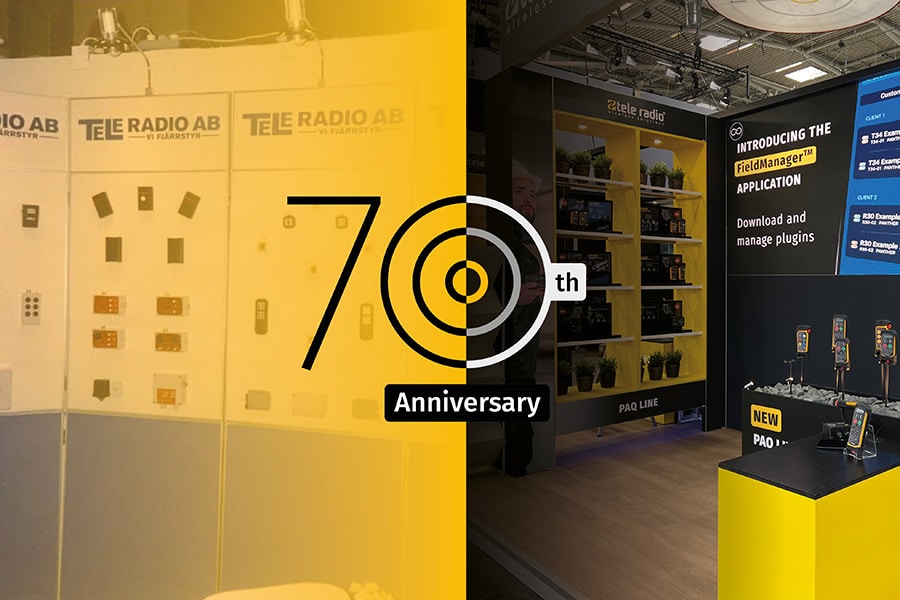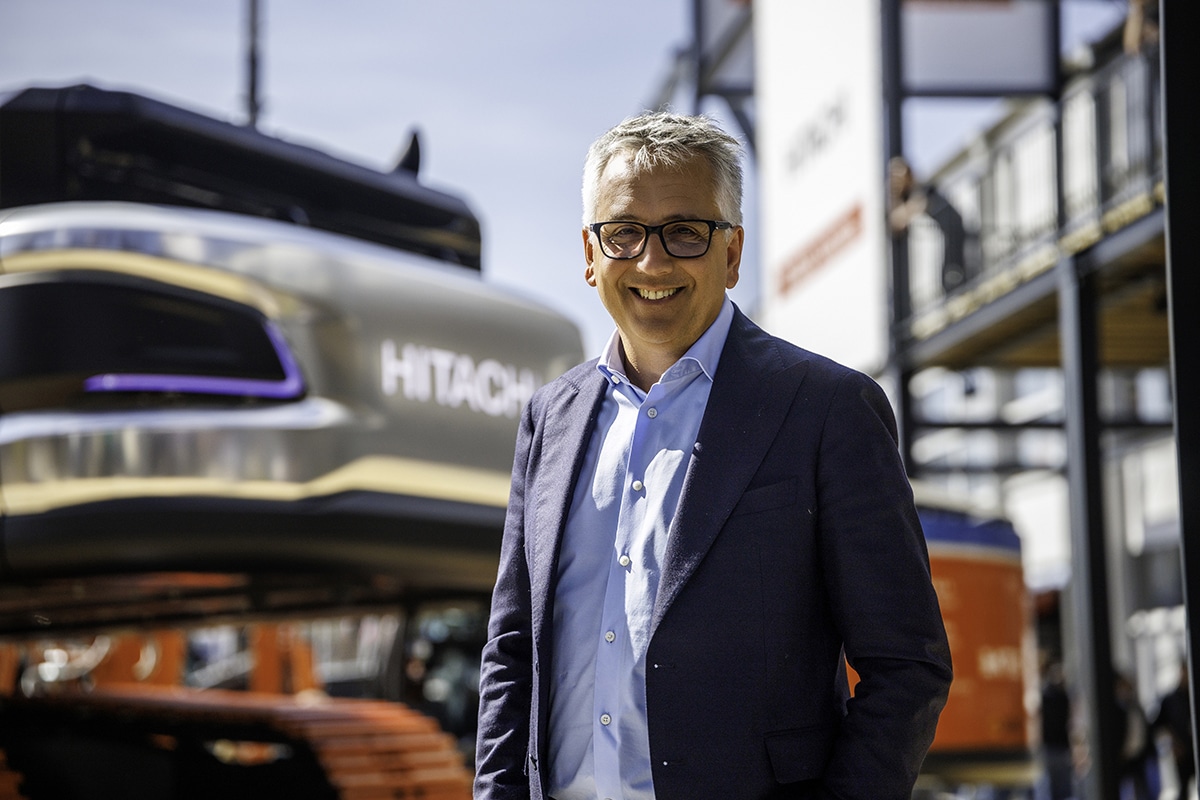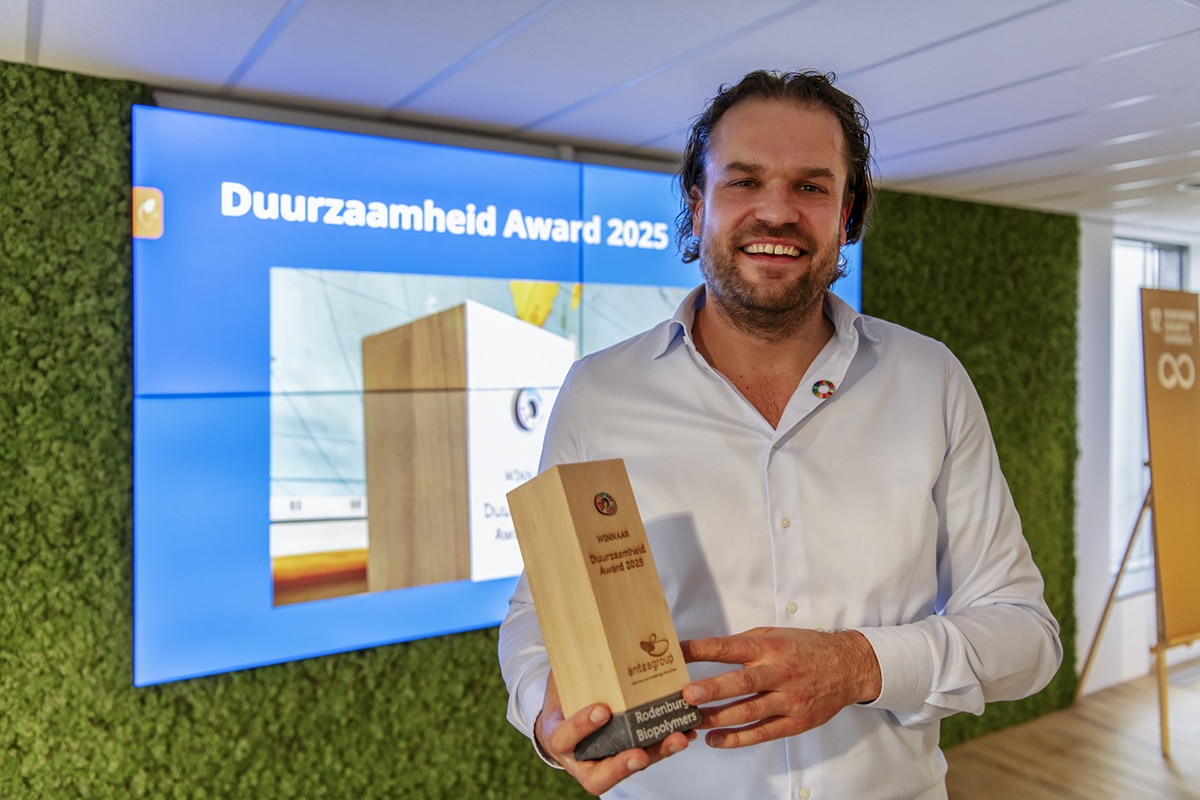
Work on New Lock in Terneuzen progressing steadily
While Terneuzen is buzzing with activity, elsewhere in the world - in China, of course - people are also hard at work. There, the lock gates are being built that will soon form the beating heart of the lock. We are talking with environmental manager Harm Verbeek and together with him we look back on what has been achieved and look ahead to what lies ahead.
"In 2019, the contours of the New Lock in Terneuzen were set in the ground and the diaphragm walls and combi walls were installed," Verbeek outlines. "In 2020, excavation of the outer head, on the Westerschelde side, began. Dry excavation took place up to 11 meters below NAP, with the soil partly taken to a depot and partly removed by ship, to the Westerschelde."
Construction pit outer abutment flooded
In May 2020, the construction pit of the outer abutment was flooded. "Then the excavation work was carried out 'in the wet,' from a pontoon. Discharge was done via a barge. The wet excavation was done up to 22 meters below NAP. With the ground level at 3 meters above NAP, we can say that the construction pit was 25 meters deep at that time. This work was completed at the end of June 2020, at which time a gravel layer was applied to the bottom of the construction pit."
Underwater concrete and dry pumping
"In August 2020, the underwater concrete for the outer abutment was poured, a 75-hour continuous process. A big job, as much as 1 meter of concrete on an area of about 85 meters by 140 meters. A week after pouring, the construction pit was pumped dry, incrementally. Much attention was paid to monitoring the groundwater level. When the bottom was reached we celebrated -of course Corona safe- a 'deepest point party'," says Verbeek.

Dry excavated inner head
During the wet excavation of the outer head, the dry excavation of the inner head began. "The same procedure was followed for the inner abutment. After the dry excavation, the crane was deployed on the pontoon to start the wet excavation. Then the pouring of the underwater concrete could take place there in mid-November 2020, followed at the end of November by the dry pumping of the construction pit. In mid-December, the bottom also came into view at the inner head."
Installation of tower cranes and commencement of concrete work
The first tower cranes were installed in September 2020, at the outer abutment. In December 2020, those for the inner abutment. "That work was completed in early January 2021 with three more cranes," Verbeek said. "In January, the go-ahead was given for further concrete work, on both inner and outer abutment. We are talking about the door casings, the bridge basement next to the door casings, thresholds of 3 meters of concrete in which the rails of the doors will later be laid and on the west side the inlet construction for the bypass sewer. Altogether, then, a complex structure of concrete works, all of which must be connected later." 2021 will be a year full of concrete work. In addition, the lock chamber will also continue to be wet excavated and fitted with underwater concrete later this year.
Fabrication of the lock gates
The lock gates are manufactured in China. "The current state of affairs there is that they have started welding the various construction parts together. The four doors are estimated to be ready this spring. At the same time, the two bridges, made of steel, are being built in the same factory. This will include a series of smaller parts, such as the sewer slides. The Chinese manufacturer is a very experienced steel builder, but the process is nevertheless closely monitored by its own inspectors. The level of quality and safety is very high. Deliveries from China will be made entirely by ship, to Flushing. After storage in the Canal Zone, the doors will come into the lock in 2022," Verbeek concludes.



